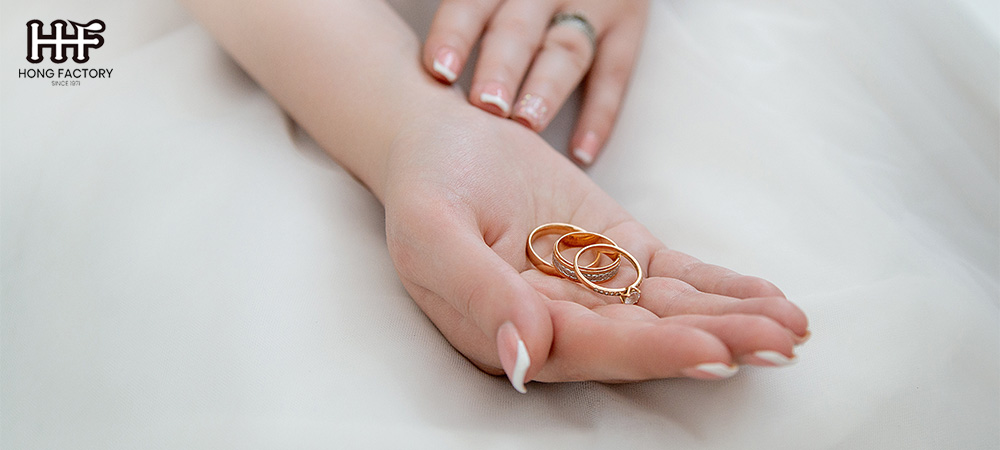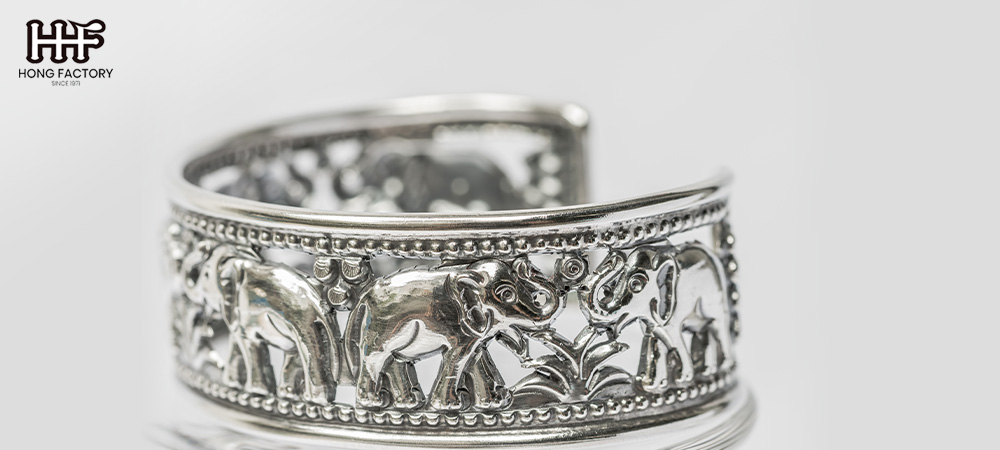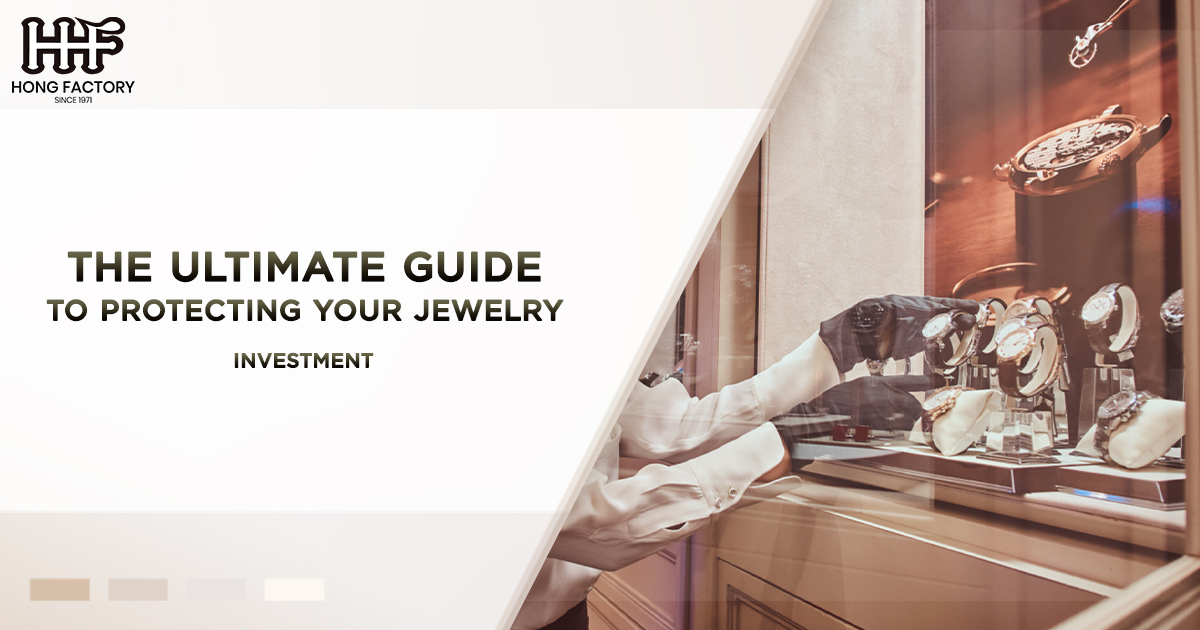Investing in jewelry is not just about adorning yourself with beautiful accessories. Jewelry often carries significant monetary, sentimental, and cultural value, making it essential to treat it as a long-term asset. Whether you own a collection of vintage heirlooms, diamonds, or luxury watches, protecting your jewelry investment is crucial. This guide offers comprehensive strategies to help you secure your valuable pieces through security measures, insurance, proper documentation, and storage solutions.
Why Protecting Jewelry Is Essential
Jewelry is more than just a physical object it’s often a symbol of love, commitment, tradition, or status. Unfortunately, jewelry is also a prime target for theft, damage, and loss. Without adequate protection, you could lose not only the monetary value of your jewelry but also the sentimental memories attached to it.
From safeguarding your collection at home to ensuring it’s covered during travel, protecting your jewelry investment contributes to your peace of mind and ensures that these treasures can be passed down to future generations.

Comprehensive Strategies for Jewelry Protection
Protecting your jewelry investment requires a multi-dimensional approach. This guide breaks down the process into four key areas: security, insurance, documentation, and storage. Let’s dive into each of these categories.
1. Security – Protecting Jewelry from Theft and Damage
Jewelry theft and damage are among the most common risks for jewelry owners. Implementing robust security measures can help mitigate these risks.
Install a High-Quality Safe
A jewelry safe is one of the most effective ways to protect your valuables at home. Opt for a high-quality, fireproof, and waterproof safe with advanced security features like biometric locks or digital keypad systems.
- Anchor the safe : Ensure your safe is securely bolted to the floor or wall to prevent thieves from removing it.
- Consider size : Choose a safe large enough to store your current collection and allow room for future additions.
Secure Your Home with Advanced Technology
Beyond a safe, securing your home as a whole is critical to jewelry protection. Consider the following measures :
- Install a home security system : Look for alarm systems equipped with cameras, motion detectors, and smartphone alerts.
- Reinforce entry points : Use high-security locks on doors and windows to deter break-ins.
- Use timers : When traveling, set lights to turn on and off automatically to give the appearance of occupancy.
Be Discreet and Cautious
- Avoid sharing details about your valuable jewelry collection, especially on social media platforms.
- Be mindful of where you wear expensive pieces, particularly in public places or while traveling.
Travel Security
If you take your jewelry on trips, ensure its safety throughout the journey :
- Use travel jewelry cases with padding to prevent scratches.
- Keep pieces in your carry-on bag, not checked luggage.
- Utilize hotel safes, but remember that they may not offer the same level of protection as a personal safe.
2. Insurance – Safeguarding Against Loss or Damage
Even with the best security measures, accidents or theft can still happen. Jewelry insurance provides financial protection if your pieces are lost, stolen, or damaged. Here’s how to ensure your jewelry is properly insured.
Assess the Value of Your Jewelry
Start by obtaining an appraisal for all significant pieces in your collection. Professional appraisals provide an accurate valuation, which is essential for purchasing adequate insurance coverage.
- Work with a certified gemologist : Choose an appraiser accredited by organizations such as the Gemological Institute of America (GIA) or the American Society of Appraisers (ASA).
- Update appraisals regularly : Jewelry values can fluctuate over time due to market trends, so update appraisals every two to three years.
Choose the Right Insurance Policy
Jewelry insurance can be purchased through specialized providers or as an add-on to your homeowner’s or renter’s insurance policy.
- Standalone jewelry insurance : These policies often provide comprehensive coverage with fewer limitations.
- Homeowner’s or renter’s policy riders : Adding a rider to your existing policy can be a cost-effective option, but make sure coverage limits are adequate.
Understand Coverage Details
When comparing policies, pay close attention to the coverage specifics :
- Are you covered for theft, accidental damage, or mysterious disappearance?
- Does the policy have a “replacement value” clause? This ensures you’ll receive enough compensation to replace the jewelry with a similar item.
- Is coverage worldwide, or are there geographic exclusions?
Keep Your Insurance Policy Up to Date
As you acquire new pieces or your collection grows in value, inform your insurance provider and adjust your policy accordingly.
3. Documentation: Creating a Detailed Record of Your Collection
Proper documentation not only simplifies insurance claims but also helps you keep track of the value and details of your collection. Here’s how to document your jewelry effectively.
Maintain Detailed Descriptions
For each piece of jewelry, create a description that includes :
- Type of jewelry (e.g., necklace, ring, bracelet)
- Metal type and karat weight
- Gemstone details (type, cut, color, clarity, carat weight)
- Designer or brand name, if applicable
Take High-Quality Photographs
Photograph each piece from multiple angles to capture the design, gemstones, and any unique identifying marks. High-resolution images are essential for insurance claims or police reports in case of theft.
Store Appraisals and Receipts
Keep original purchase receipts, appraisals, and certificates of authenticity (e.g., GIA reports) in a secure location. These documents are invaluable for insurance claims and resale purposes.
Create a Jewelry Inventory
Maintain a digital or physical inventory of your collection. Include all descriptions, photographs, appraisals, and receipts in one centralized location. Digital tools such as Excel spreadsheets or jewelry inventory apps can simplify the process.
Store Backups of Documentation
Store copies of your jewelry documentation in multiple locations :
- Keep physical copies in a fireproof safe.
- Use cloud storage or external hard drives for digital backups.
4. Storage: Preserving Your Jewelry’s Longevity
Proper storage not only protects your jewelry from theft but also prevents damage and deterioration over time. Here are best practices for storing your pieces safely and effectively.
Use Dedicated Jewelry Boxes
Invest in high-quality jewelry boxes with compartments lined in soft fabric to protect against scratches and tarnish.
- Store pieces separately to prevent them from rubbing together and causing damage.
- For necklaces, use hooks or separators to avoid tangling.
Protect Against Tarnish and Moisture
- Use anti-tarnish strips or pouches for silver and gold pieces to minimize oxidation.
- Store all jewelry in a cool, dry place away from direct sunlight and humidity.
Avoid Long-Term Exposure to Chemicals
Keep jewelry away from chemicals like perfume, lotion, and cleaning products, as they can damage metals and gemstones over time.
Seasonal Storage Tips
If you only wear certain pieces for special occasions, consider storing them in a secure location like a bank safety deposit box. This option offers maximum security for your most valuable items.

Bonus Tips for Long-Term Jewelry Care
In addition to the four core strategies, adopting proper care habits can further safeguard your jewelry :
Regular Cleaning and Maintenance
- Clean your jewelry periodically using appropriate methods for each metal and gemstone type.
- Have your jewelry professionally cleaned and inspected by a jeweler annually to ensure settings and clasps remain secure.
Know When to Resize or Repair
If a ring becomes too loose or tight, or a chain shows signs of wear, address the issue immediately to prevent loss or damage.
Rotate Your Jewelry
Wearing the same piece of jewelry daily can expose it to excess wear and tear. Rotate your collection to minimize damage and extend the life of each piece.
Final Thoughts
Protecting your jewelry investment is as important as acquiring it. With a combination of robust security, comprehensive insurance, meticulous documentation, and proper storage, you can enjoy your jewelry with peace of mind, knowing it’s safe and well-maintained.
Whether it’s a family heirloom, an engagement ring, or a luxury watch, following these strategies ensures your precious pieces retain their value and beauty for generations to come.
Take action today to implement these jewelry protection strategies you’ll thank yourself later when your treasured collection remains intact and secure.
